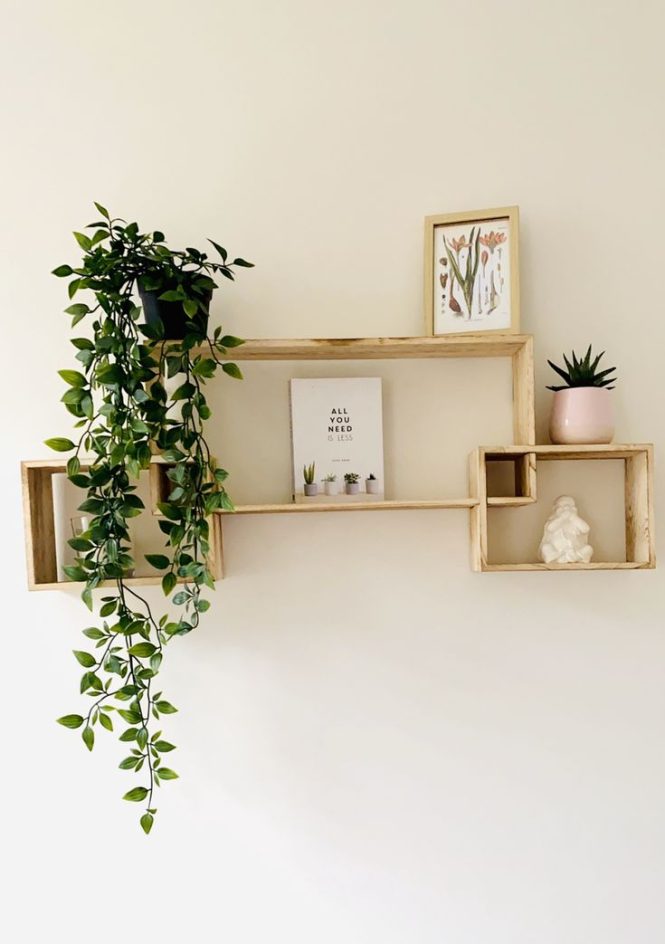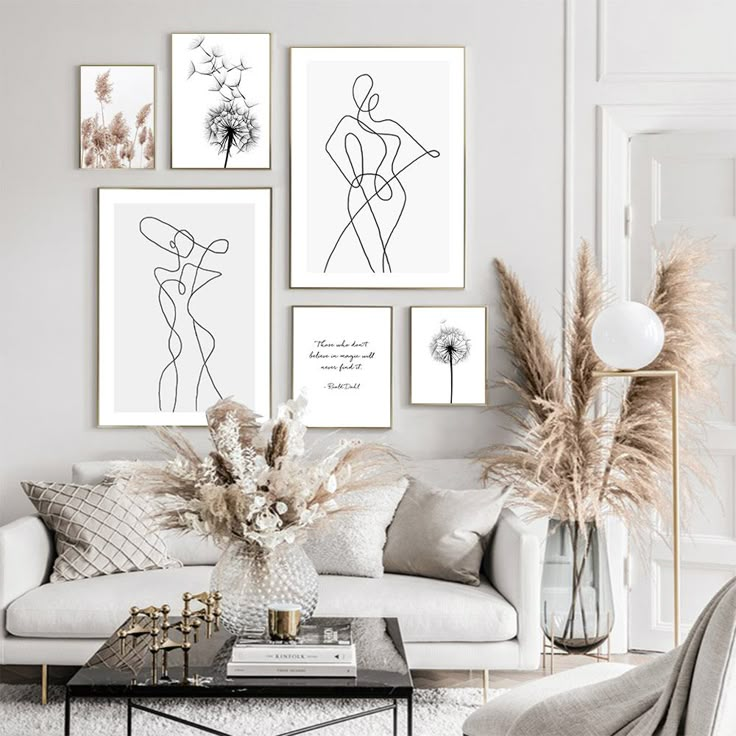

Wall treatments play a crucial role in achieving a minimalist design aesthetic, creating a sense of calm and tranquility. A well-considered wall treatment can drastically impact the overall feel and functionality of a space. The challenge, however, lies in choosing the right wall treatment materials, considering both style and practicality. This article delves into the world of wall treatments in minimalist design, exploring the options available, highlighting key considerations, and offering practical solutions. We will cover various materials, color palettes, and texture options to help you achieve a visually stunning and harmonious minimalist space. This comprehensive guide will equip you with the knowledge to navigate the decision-making process and unlock the potential of your walls. We’ll explore ideas for accent walls, paint finishes, wall paneling, and more, ensuring your minimalist design shines through.
Selecting the Right Materials for Minimalist Walls
Choosing the appropriate materials is paramount when designing minimalist walls. Minimalism emphasizes simplicity and clean lines. The material selection should reflect this aesthetic, opting for materials that are sleek, uncluttered, and enhance the sense of openness. This section will examine various material options, their specific characteristics, and how they contribute to a minimalist design.
Material Options
- Paint: A popular and versatile option, paint provides a clean and consistent backdrop, allowing the rest of the design elements to shine. Various finishes, from matte to satin, offer different levels of reflectivity and visual interest, influencing the space’s overall ambiance.
- Wallpaper: While often perceived as the opposite of minimalist, carefully selected wallpaper can contribute to the aesthetic. Look for patterned wallpapers with subtle geometric designs or monochromatic tones to complement the overarching minimalism.
- Paneling: Wooden or metal paneling can add texture and depth to a space, offering a modern twist on minimalist aesthetics. Wood paneling, in particular, can bring warmth to a space. However, ensure the chosen paneling complements the overall color palette.
- Stone or Tile: Natural stone or ceramic tile can offer a sophisticated look, especially when used in accent areas or backsplashes, creating visual interest without overwhelming the design.
Creating Visual Harmony with Color Palettes
Color palettes in minimalist design are often serene and muted, creating a calm and uncluttered atmosphere. The primary colors frequently include various shades of white, grey, beige, or black. The goal is to avoid overly vibrant or chaotic color schemes. The choice of color can significantly impact the mood and character of a room, so thoughtful consideration is vital.
Shades and Tones
- Monochromatic Palettes: Employing a single color with varying shades and tones enhances visual harmony. This approach provides a sense of unity and elegance.
- Neutral Color Combinations: Opting for a combination of neutrals like white, grey, and beige creates a calm, tranquil space, ideal for promoting relaxation.
- Accents: Introduce subtle accents with pops of color in the furniture, accessories, or artwork to add visual interest without detracting from the overall minimalist aesthetic. A single, bold piece of art or a brightly colored rug can serve this purpose.
- Highlighting the Architecture: Select colors that complement the architectural features of the space. This harmonizes the overall design and enhances the space’s aesthetic appeal.
Incorporating Texture and Depth
Minimalist design doesn’t equate to a lack of texture. A strategically incorporated texture can add depth and visual interest to a room without disrupting the calm and ordered aesthetic. A variety of textures and materials can enrich the minimalist experience. This section will delve into how different textures and patterns can be incorporated.
Incorporating Texture and Patterns
- Subtle Textures: Choose subtly textured paints, wallpapers, or wall coverings to add a touch of visual interest.
- Wood Grain: Embrace the natural wood grain of paneling or decorative accents for a warm and inviting texture.
- Stone or Tile: These can offer various visual and tactile qualities, enhancing the space’s aesthetic appeal.
- Strategic Placement: Position textures in areas where they can be seen as subtle highlights and add depth without clashing with the minimalist design principles.
Accent Walls: Elevating the Minimalist Design
Accent walls offer a way to infuse a minimalist space with visual interest and character without sacrificing the overall simplicity. Carefully selecting the right materials and colors will ensure the accent wall works to enhance the minimalist space, not disrupt it. Consider the lighting in the room as well as other design elements.
Accent Wall Strategies
- Highlighting Architectural Elements: Use accent walls to emphasize architectural features like fireplaces or alcoves.
- Creating Focal Points: Accent walls create focal points, drawing the eye to specific areas.
- Color and Material Combinations: Choose different colors or materials for the accent wall than the other walls, but align them with the overall minimalist color palette and theme. This approach subtly enhances the visual appeal.
Practical Considerations: Functionality and Design
Considering the functionality and design of the wall treatments is crucial in achieving a minimalist aesthetic. The wall treatments must complement the space’s functionality. By carefully weighing various factors, you can ensure the minimalist design enhances daily life.
Functional Design Considerations
- Soundproofing: In minimalist bedrooms, offices, or areas requiring sound insulation, select appropriate materials for soundproofing.
- Durability and Maintenance: Choose wall treatments that are easy to clean and maintain to keep your space looking its best.
- Lighting Considerations: The ambient lighting in the room is also crucial. Consider the effect of various lighting options in conjunction with the wall treatment. For example, a matte finish wall may react differently to lighting than a glossy one.
- Budget and Affordability: Consider your budget when selecting wall treatments. More expensive options often provide greater visual appeal and durability.
How can I incorporate different textures into a minimalist design without making the space feel cluttered?
In minimalist design, textures should be subtle and used strategically. Consider incorporating different materials like a subtle wooden grain paneling, a textured wallpaper, or a stone accent to add visual depth without overwhelming the space. A well-placed, textured rug or soft-light fabrics can also add visual depth in a balanced and harmonious way.
What are some popular design styles that pair well with minimalist wall treatments?
Minimalist wall treatments beautifully complement various design styles, including Scandinavian, Japanese, and contemporary designs. The focus on clean lines, neutral colors, and natural elements found in these styles aligns perfectly with the minimalist aesthetic.
How can I achieve a cohesive look when using different wall treatments in a single room?
Maintaining cohesion when using various wall treatments in one space hinges on a well-defined color palette. A consistent color palette creates a unified and harmonious effect, even when employing different textures or materials. Employ a consistent color scheme across the room, even in areas with different treatments, for a unified and visually appealing space.
What are some cost-effective options for wall treatments in a minimalist design?
Cost-effective wall treatments often involve using paint, particularly in neutral tones. Consider adding subtle textures or using wallpaper with neutral and understated patterns. These options provide a clean and minimalist look without breaking the bank. The key is to choose quality paints and high-quality wallpaper to ensure longevity and a visually appealing result. Another cost-effective approach is to focus on simple materials for accent walls, like carefully selected wood paneling or mosaic tiles.
In conclusion, strategically chosen wall treatments are pivotal in achieving a minimalist aesthetic. By carefully considering materials, textures, and colors, you can transform your space into a tranquil haven that aligns perfectly with your design philosophy. This guide has provided a comprehensive overview, covering various wall treatment options, practical considerations, and how to integrate them seamlessly with the overall minimalist design. Ready to elevate your minimalist space? Explore the myriad options available and create a design that reflects your unique taste and preferences. Visit our website for more inspiring minimalist designs.